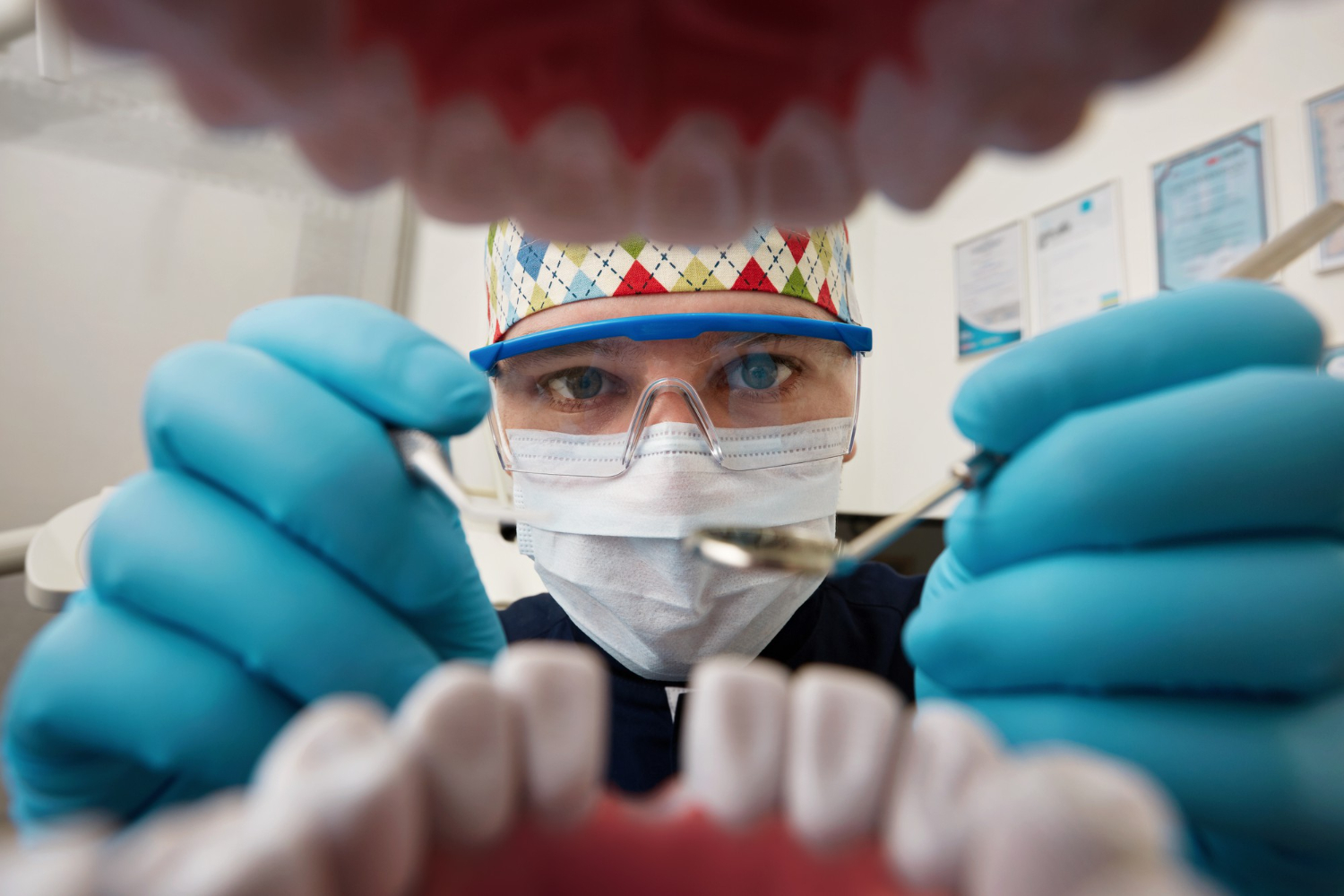Root Canal Treatment: Myths, Benefits, and What to Expect During the Procedure
Root canal treatment is one of the most misunderstood dental procedures—often feared by patients and surrounded by myths. However, it is a safe, effective, and relatively painless procedure that can save your natural tooth and relieve severe dental pain. If you’ve been told you need a root canal or are simply curious, this blog will clear up the confusion and explain what to expect.
Common Myths About Root Canal Treatment
Myth 1: Root Canals Are Extremely Painful
Fact: With modern technology and anesthesia, root canals are no more painful than getting a filling. In fact, the procedure is designed to eliminate pain, not cause it.
Myth 2: It’s Better to Pull the Tooth
Fact: Saving your natural tooth is almost always the better option. Extracting a tooth can lead to misalignment, chewing problems, and costly dental procedures like implants or bridges.
Myth 3: Root Canals Cause Illness
Fact: This outdated myth has been debunked by medical research. Root canals are safe and help preserve your oral and overall health by preventing the spread of infection.
Benefits of Root Canal Treatment
- Pain Relief: One of the main reasons people undergo a root canal is to relieve severe tooth pain caused by infection or inflammation.
- Preservation of Natural Tooth: It allows you to retain your natural tooth, maintaining your smile and jaw structure.
- Improved Chewing and Function: Once restored, your treated tooth functions just like any other tooth.
- Prevents Spread of Infection: By cleaning out the infected pulp and sealing the tooth, root canals prevent bacteria from spreading to other areas of the mouth and body.
- Cost-Effective in the Long Term: Root canals eliminate the need for more complex treatments such as extractions and dental implants.
When Do You Need a Root Canal?
Your dentist might recommend a root canal if you experience:
- Persistent or severe toothache
- Sensitivity to hot or cold that lingers
- Swelling or tenderness in the gums
- Discoloration of the tooth
- A cracked or chipped tooth with exposed nerves
- Deep decay that has reached the pulp
What to Expect During the Procedure
1. Diagnosis and Preparation
Your dentist will examine the tooth and take X-rays to assess the extent of the infection. Local anesthesia is administered to numb the area, ensuring a painless experience.
2. Cleaning the Canal
An opening is made in the crown of the tooth, and the infected pulp is carefully removed. The root canals are cleaned, shaped, and disinfected.
3. Filling the Canal
After cleaning, the empty canals are filled with a biocompatible material called gutta-percha. This seals the canals to prevent future infection.
4. Restoring the Tooth
A temporary or permanent filling is placed. In most cases, a crown is recommended to strengthen and protect the treated tooth.
5. Post-Treatment Care
You may feel mild discomfort for a few days, which can be managed with over-the-counter painkillers. It’s important to follow your dentist’s instructions for care and attend any follow-up appointments.
How Long Does a Root Canal Take?
Most root canals are completed in 1–2 visits. The duration depends on the complexity of the case and the number of roots in the tooth.
Recovery and Aftercare Tips
- Avoid chewing on the treated tooth until the final crown is placed.
- Maintain good oral hygiene: brush twice daily and floss regularly.
- Visit your dentist for routine check-ups.
- Use a mouthguard if you grind your teeth at night.
Conclusion
Root canal treatment is not something to fear. It is a highly effective and comfortable solution to relieve pain and save your natural teeth. With proper care, a root canal-treated tooth can last a lifetime.
Dr. Ashrita is an expert in root canal treatment at Hande Hospital, Chennai. With her skill and compassionate care, patients can expect accurate diagnosis, painless procedures, and long-lasting results.
📞 For more details regarding regular check-ups, kindly contact:
Hande Hospital: +91-98410 11390
Hande Medical Centre: +91-99625 22667
Visit us in person or contact us for more information and to schedule an appointment.
